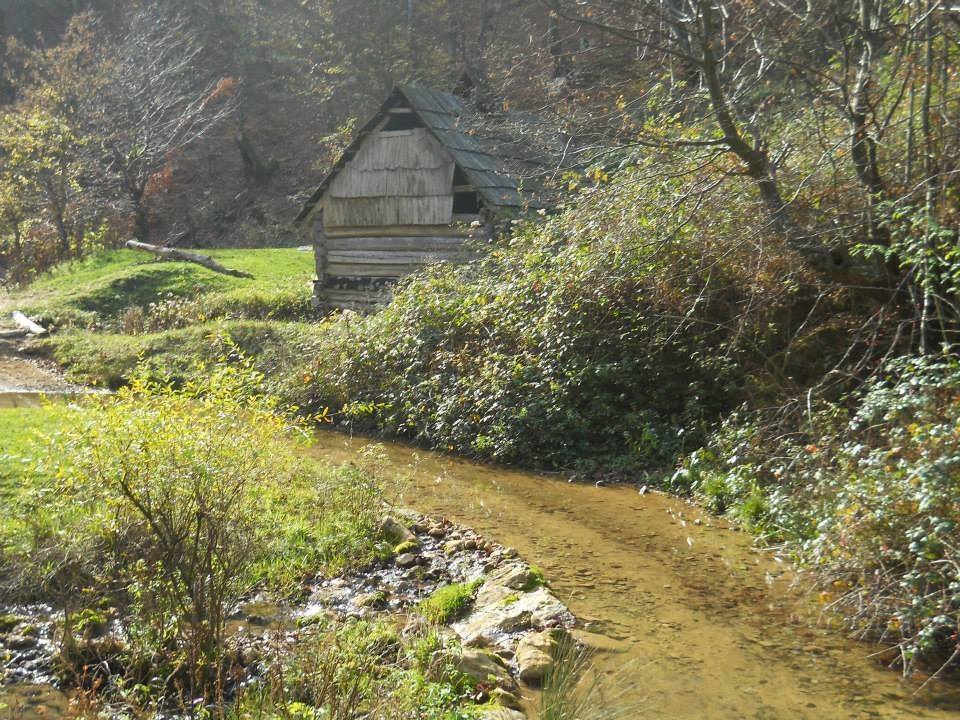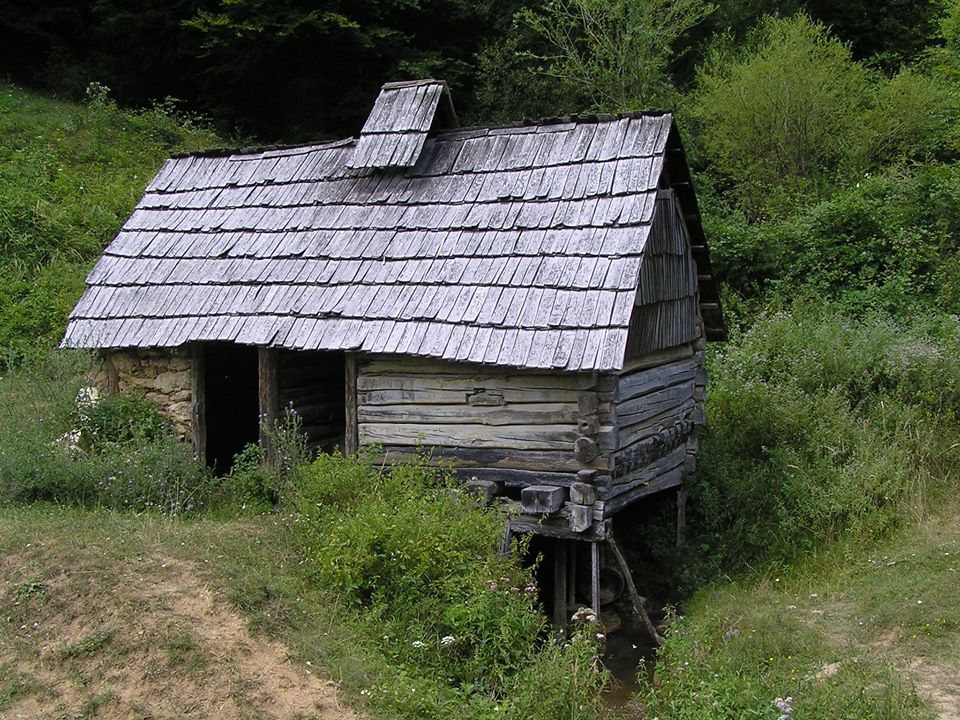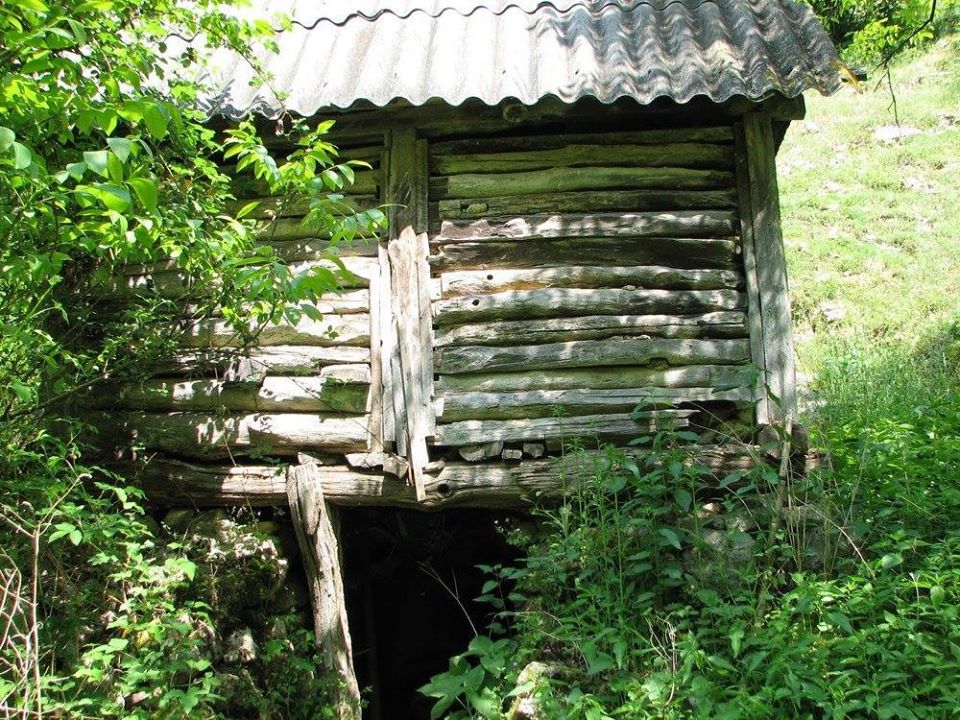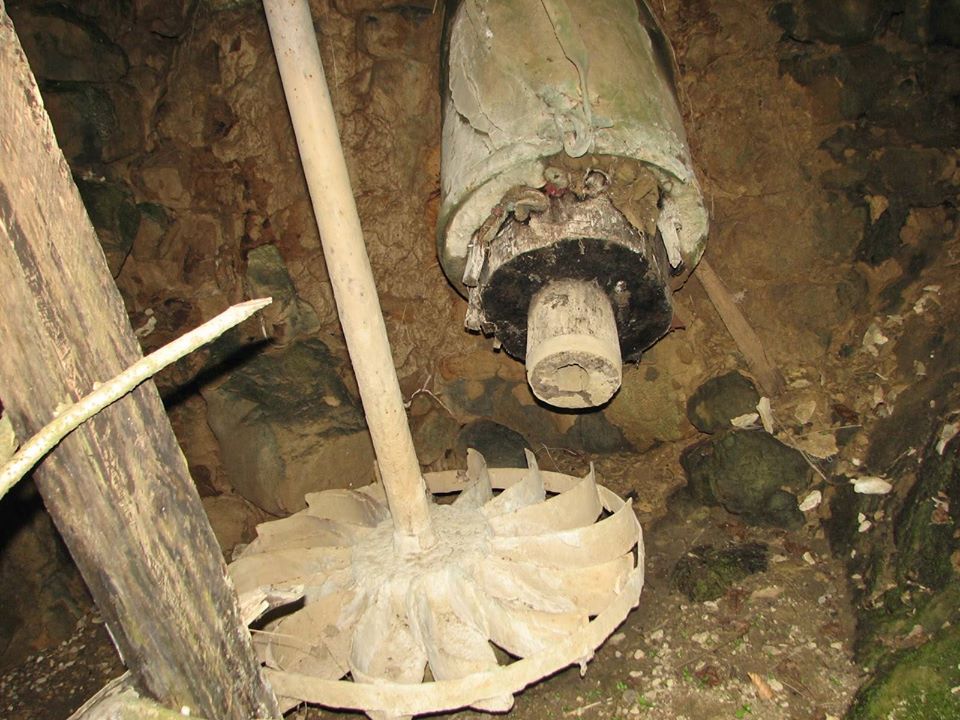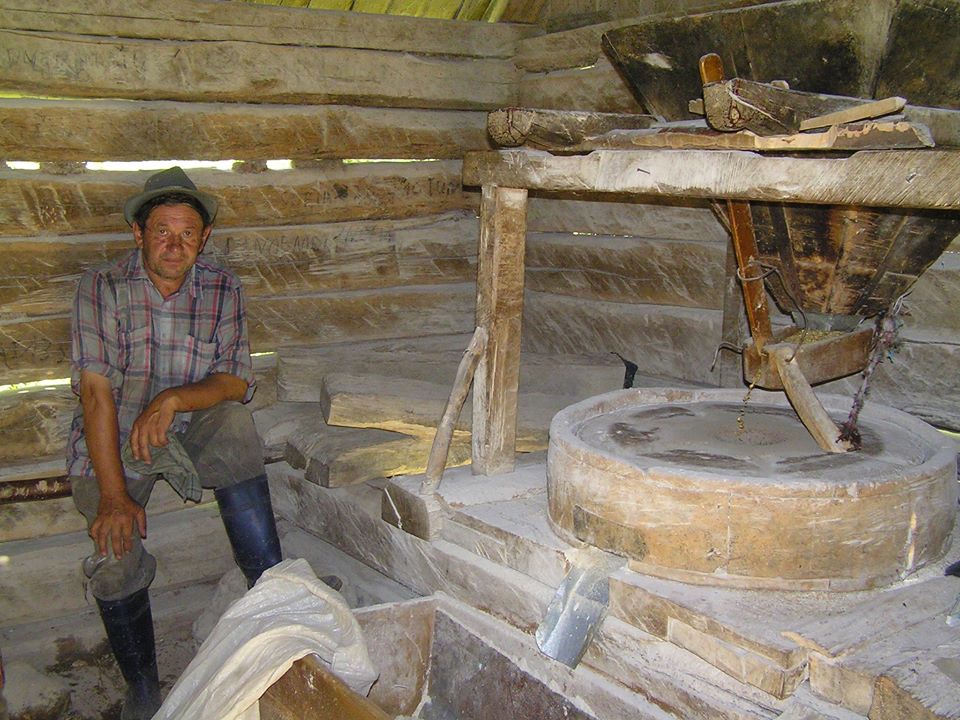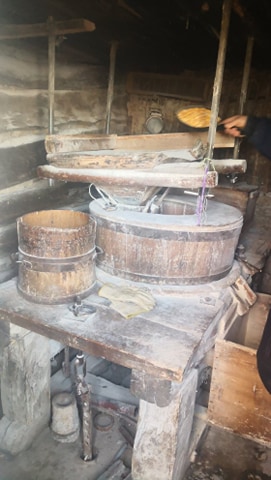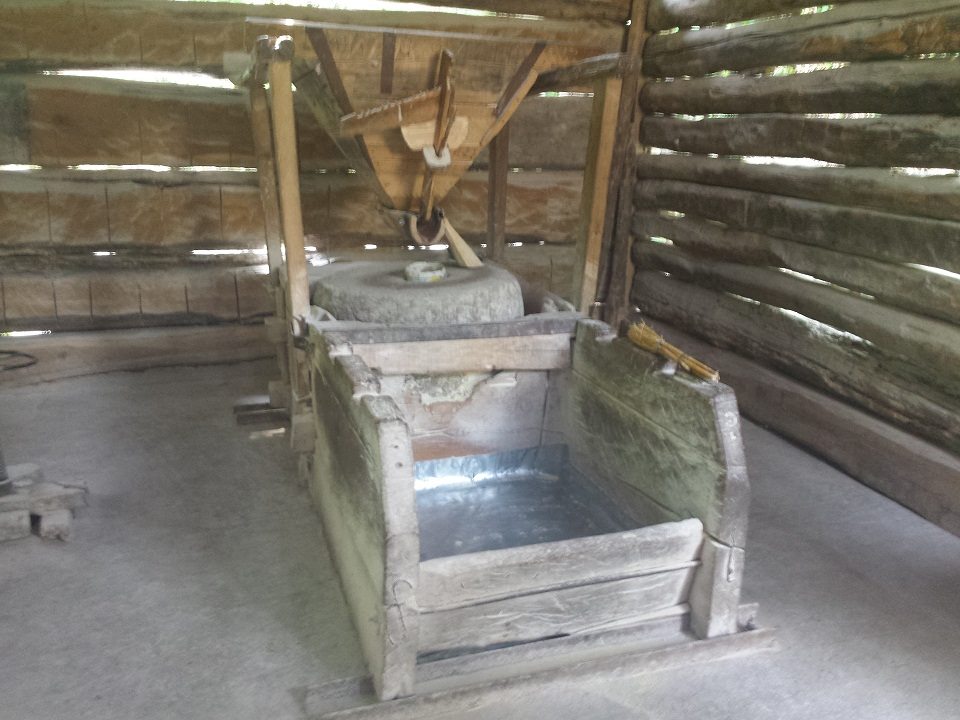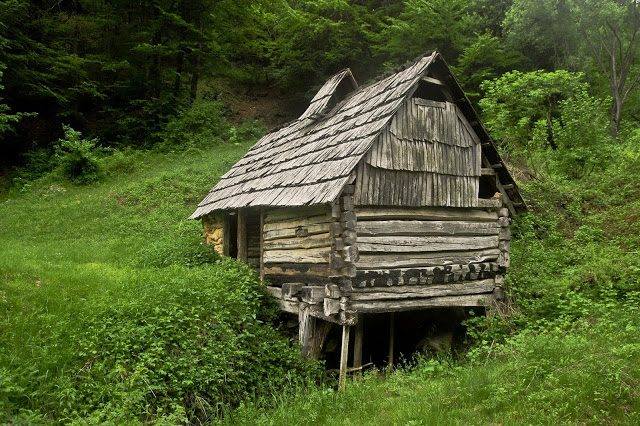In the localities of the Danube Clisura there are still more than 50 mills of water, some of which are more than two centuries old. Most of them are still functional, with a particular ethnological, historical and architectural value.
Almost half of them are within the range of Sichevița village, having specific „butoni”, a spout directing water to the „ciutura”, thus controlling its flow and pressure. The existence of the internal fire veto, used by those who came to get their money to get heating especially during night. Some of the watermills constructions in the hamlets are provided with a separate room, used to house the animals.
There are 9 water mills in Gârnic: 4 located in the village hearth (only 3 of which are still working) and 5 on the Gramensca river valley.
One of the oldest and the only remaining in the locality of the 4 existing half a century ago is that of Tănăsie Raica, from Coronini. The family still often grind here. The stone is most likely to have more than a century and would need to be replaced, which is one of the problems the owner faces. The family also owned a windmill, which was removed and today is the museum piece.
Almost half of them are within the range of Sichevița village, having specific „butoni”, a spout directing water to the „ciutura”, thus controlling its flow and pressure. The existence of the internal fire veto, used by those who came to get their money to get heating especially during night. Some of the watermills constructions in the hamlets are provided with a separate room, used to house the animals.
There are 9 water mills in Gârnic: 4 located in the village hearth (only 3 of which are still working) and 5 on the Gramensca river valley.
One of the oldest and the only remaining in the locality of the 4 existing half a century ago is that of Tănăsie Raica, from Coronini. The family still often grind here. The stone is most likely to have more than a century and would need to be replaced, which is one of the problems the owner faces. The family also owned a windmill, which was removed and today is the museum piece.
